E-commerce seems to be eating up the retail world right now.
We’re seeing longtime brick-and-mortar retail brands closing or going bankrupt that we never would have expected to see disappear ten years ago.
Take Toys”R”Us for example. After more than 60 years in business, they are liquidating and closing all of their remaining U.S. stores.
On the other hand, the digital world is an exciting place to be, with business owners starting their very own digital brands and competing in the digital marketplace.
Most brick and mortar stores have been forced into creating an online presence.
But it isn’t always easy to hit it big online. You have to know what some of the trade secrets are if you want to make it to the top.
Here are the five most important factors for success in e-commerce that you can’t afford to ignore.
First, let’s talk about why so many e-commerce businesses struggle in the first place.
Why many e-commerce businesses struggle
There are many common reasons for the e-commerce struggle, and stores in different industries will face different hardships.
But there are some general battles that all e-commerce businesses have to fight.
Around 80% all e-commerce businesses fail. And there are three common reasons why customers are likely to leave you in the dust:
- Customers don’t know how to use your site
- Product value isn’t clear
- Navigation is difficult
Have no fear. The solution to solving these problems may be simpler than you think.
For starters, people aren’t judging your business initiatives or products on their own merits. Customers simply want what they want when they want it.
And sometimes, their expectations can be pretty high. Especially online.
If you have too many shipping options on your site, you’ll deter customers who want their products quickly.
As many as 80% of American shoppers say that shipping price and speed are very or extremely influential in determining where they shop.
That’s why you should offer fast and free shipping when you can, like apparel brand Shongolulu, which offers free shipping on orders that are $30 or more.
When customers don’t have to pay for shipping, they’ll be more likely to pull the trigger on a purchase that they can’t touch, feel, or try out because there’s less risk involved.
Customers don’t want to wait forever to get what they ordered, either, so if you’re willing to provide free shipping, choose a fast option.
At the beginning of 2017, the National Retail Federation speculated that online retail would grow 3x faster than the rest of the retail industry, with mobile e-commerce sales soaring.
The rise of online shoppers has also shortened consumers’ patience. Online shoppers are looking for convenience.
They don’t want to deal with difficult return policies or long waits for orders.
Aside from long wait times and tricky shipping options, struggling businesses fail to take the following into account:
- Branding
- SEO
- User Experience
- Transparency
- Engagement
But the good news is that starting an e-commerce business in 2018 is perfectly doable. And so is taking each of these factors into account, which can help you stand out from competitors.
The first step is building your brand with some great values behind it.
1. Your brand is your purpose
Your e-commerce business has a brand at the core of its identity, whether you know it or not.
To find out what it is, you have to think about what you do and why you do it.
Your brand embodies a set of values related to your business’s central endeavors. Some older brands aren’t aging well, because they don’t really have a clear mission.
Or they do, but they don’t disclose it.
In 2017, Enso’s World Value Index analyzed 150 brands according to how Americans identify their purpose and how well their purpose aligned with customer values.
The research also looked at the extent to which each company motivates brand advocacy and purchase.
The results were vastly different for different demographics. Baby Boomers rated Newman’s Own to be number seven on the list, while millennials rated the company to be number 81.
The brand could lose it’s allure if they fail to appeal to millenials since their generation is much larger than the Baby Boomers and three times the size of Generation X.
And by 2019, millennials are expected to outnumber Baby Boomers are America’s largest generation yet, according to the Pew Research Center.

AAA, Pfizer, and Samsung were also ranked much lower by millennials than Boomers:
- AAA: millennial rank: No. 92; Boomer rank: No. 26
- Pfizer: millennial rank: No. 136; Boomer rank: No. 65
- Samsung: millennial rank: No. 74; Boomer rank: No. 19
The bottom line? Deviating from your brand hurts your message.
And when you hurt your message, you hurt your brand. Your brand persists on your customers’ unique perceptual map.
They build assumptions about your brand’s identity based on interactions with your company, and they aren’t likely to forget their first impression.
This means that they remember you when choosing to make another purchase. How they remember you impacts how they will review you.
As many as 31% of consumers are likely to spend 31% more on products and services from businesses with excellent reviews, while negative reviews can drive away 22% of customers.
A whopping 85% of customers trust online reviews as much as they trust personal recommendations.
Dissatisfied customers are more likely to share bad stories to friends & family than satisfied customers are likely to share good stories.
While happy customers might tell a few friends, unhappy customers will tell even more.
That means you’ll have a whole lot more “anti-referrals” on your hands than positive recommendations.
When you aren’t establishing your brand as the go-to, your competitors are.
In the digital era, your competition is no longer confined to the shop across the street.
If a stronger brand offers the same type of product that you do, they will gladly eat your market share.
That’s why you need a unique selling proposition, or USP, to win them over.
The point of a USP is to differentiate your product. The value of your USPs only come into play after your prospects enter your funnel.
When your brand is weak, competitors with better brands will absorb customers. Marketing is more effective in conjunction with a strong brand.
Good marketing takes the brand’s voice and extends it outward to reach qualified leads.
If the brand doesn’t expand its core identity, it will struggle to reach its target audience.
And saturation from marketing campaigns may expose weak spots on a poor brand’s armor to a higher volume of people.
That’s why you always have to match good marketing with brand values.
You’ll need to do some SEO, too.
2. SEO brings in traffic
Google is sort of like an usher that decides which websites get to mingle near the top of the organic search engine results.
But with constant algorithm updates, it can be pretty hard to keep up.
The Fred algorithm update, which launched on March 8, 2017, targets websites violating Google’s webmaster guidelines.
Most sites affected are ones with low-quality posts that were created solely to generate ad revenue.
So if you have any of these posts on your site, you could risk messing up your current rankings (or worse – losing high rankings altogether).
Review Google’s Search Quality Guidelines regularly and avoid posting too much content that is ad-centered.
If you do show ads or affiliate content on your site, make sure that the pages you run them on are relevant and high-quality, like this Buzzfeed post sponsored by Adidas:
If you try and trick Google into thinking your page is about something valuable but it’s really just scattered with affiliate links, you’ll risk your rankings.
Landing pages with relevant keywords will receive a higher Google ranking and be more likely to show up during relevant searches, too.
Keyword research can help you learn how to position your page content.
Use a tool like Google Adwords Keyword Planner or Ubersuggest to get started. Just enter a keyword to uncover related words to target for.
Remember that your brand is also a keyword. Highly qualified traffic will be searching for your brand name, so you want to rank for that.
But if you “hack” SEO to bring additional, potentially unqualified traffic to your site, you won’t like what happens next.
The idea of SEO is to give searchers the most qualified results for their queries. Pages that use exploitative or lazy tactics get penalized by Google.
All in all, SEO is something worth spending extra time strategizing around. Use this beginner’s manual to get started.
Once you’ve mastered SEO, turn your attention over to user experience (UX).
3. Customers love a great user experience
If you want to funnel traffic toward a desired action, like making a purchase, you need to optimize UX.
If site visitors get confused, they’ll leave. Site navigation should always be easy.
On your website, you have to make it clear what your business does. For example, Scott’s makes it clear that they sell lawn care products.
Reinforce what your brand does on your site. What’s obvious to you might not be obvious to someone else.
How did they get to this landing page? Why is the landing page content relevant? Use a clear, concise call to action.
You should also make sure the shopping cart is easy to view and access. The checkout process must be straightforward.
Nobody wants to deal with a checkout process that makes purchasing your product harder than it needs to be.
Embed interactive content into your website (if appropriate). This includes:
- Videos
- Animated images
- Games
Always use A/B testing to figure out what works best.
Employ a tool such as Unbounce to weigh 2 or more page designs against each other for effectiveness in maximizing sales.
Pick whichever design version wins.
Don’t forget to optimize UX for mobile, too, since more and more consumers are shopping over mobile in 2018.
Ensure that your print is large, that load times are three seconds or less, and that the mobile version of your site is easy to navigate via touch.
source https://blog.kissmetrics.com/factors-for-ecommerce-success/
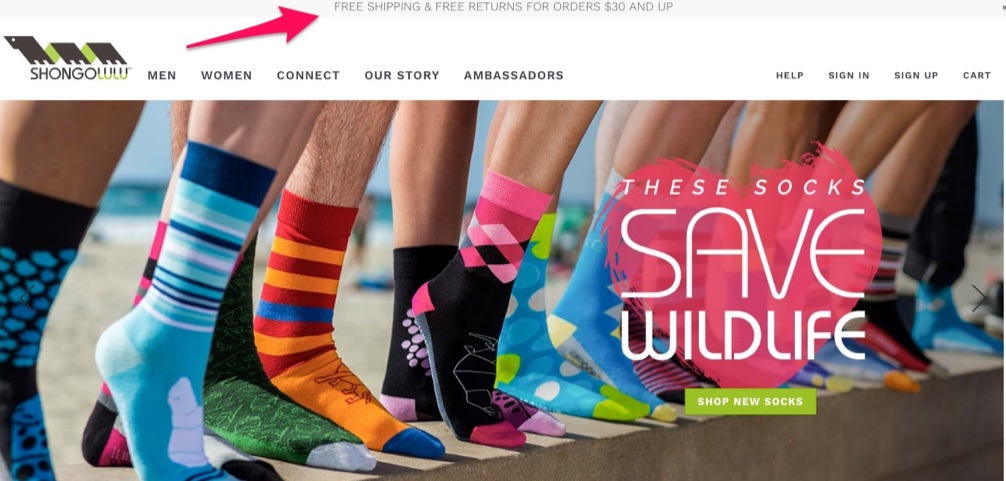
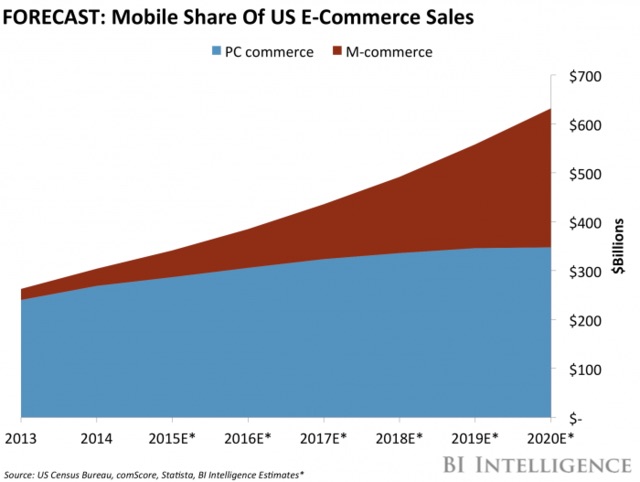
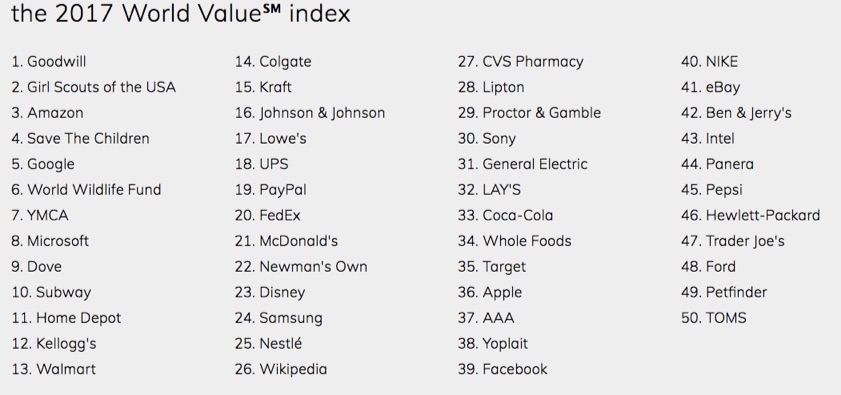

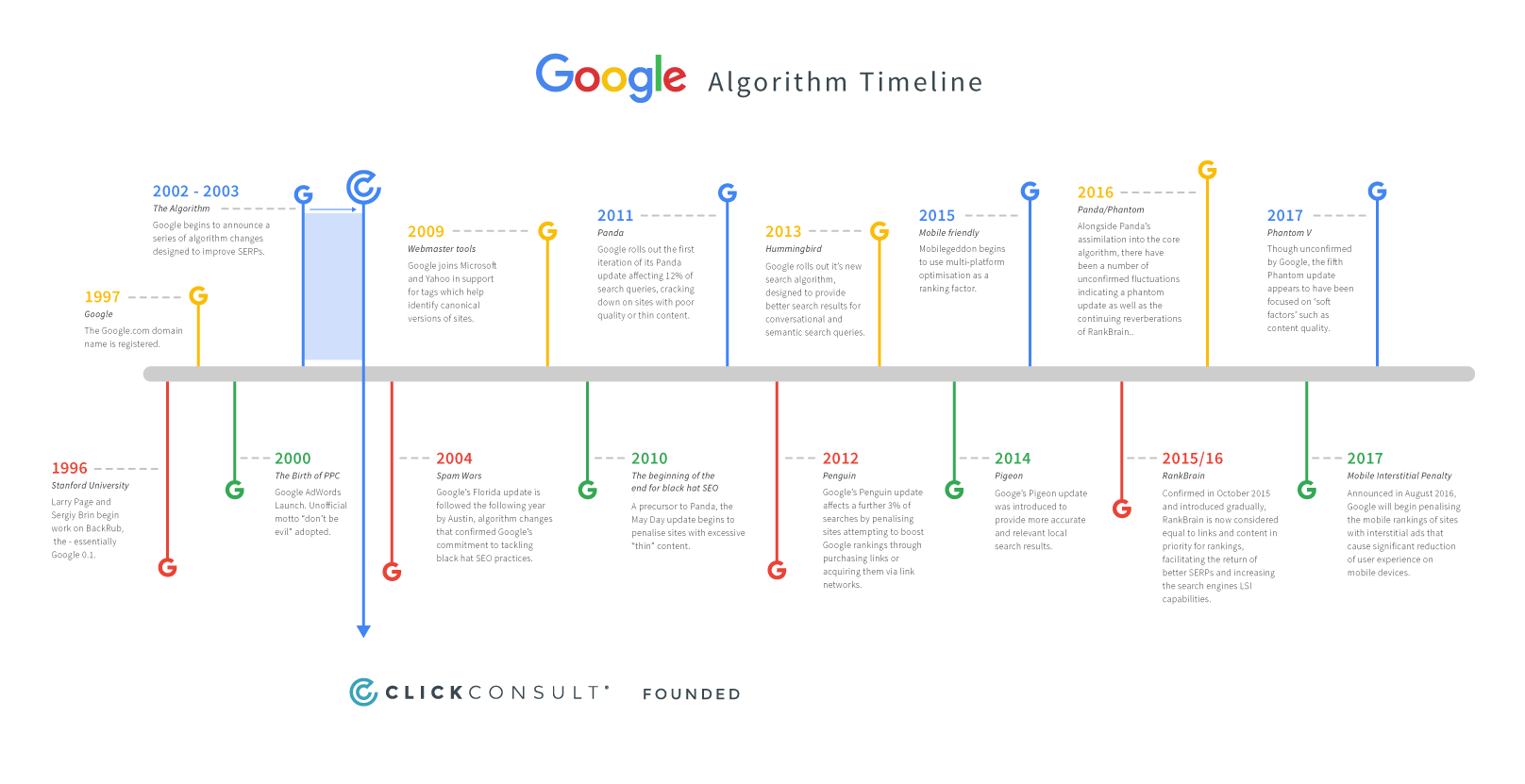
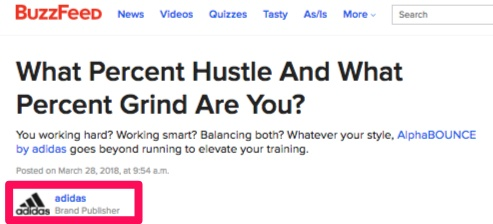
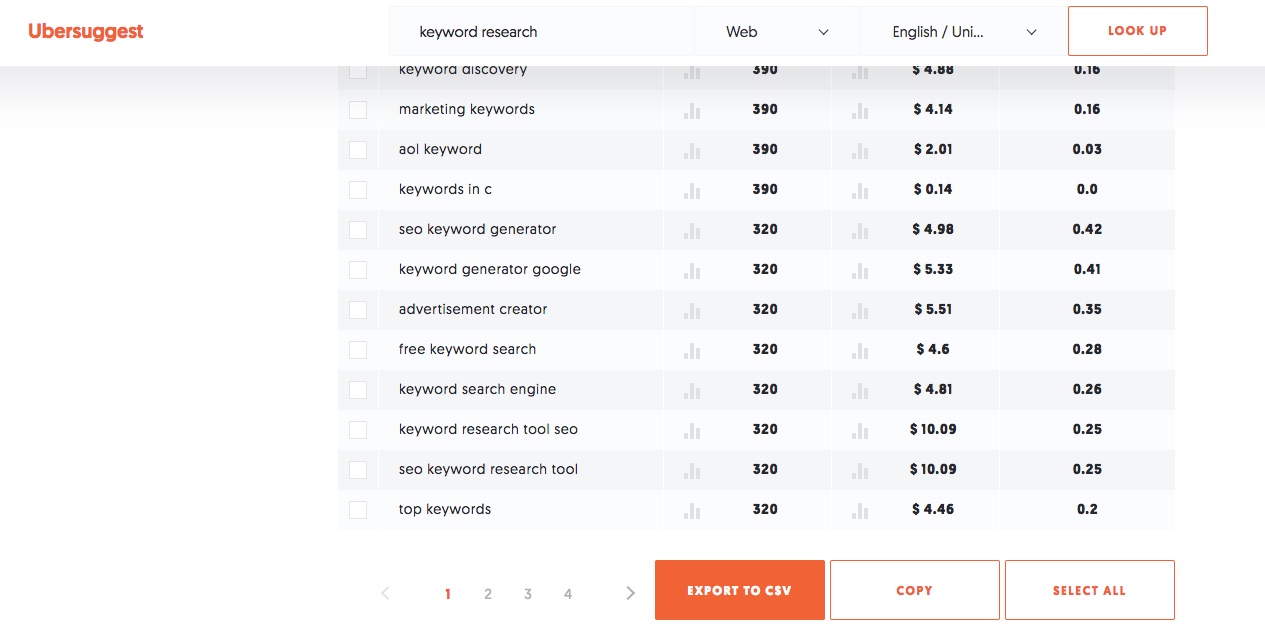
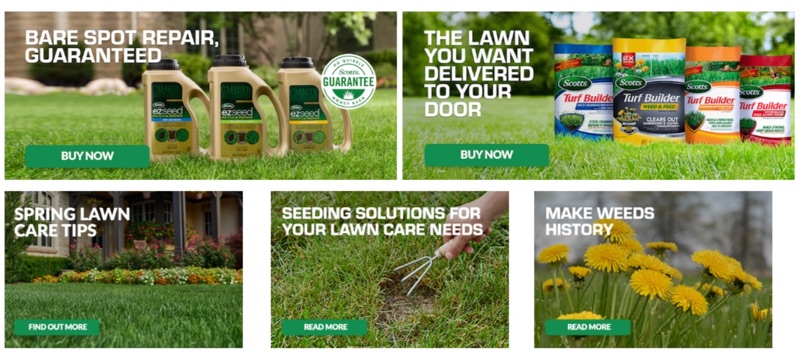



No comments:
Post a Comment